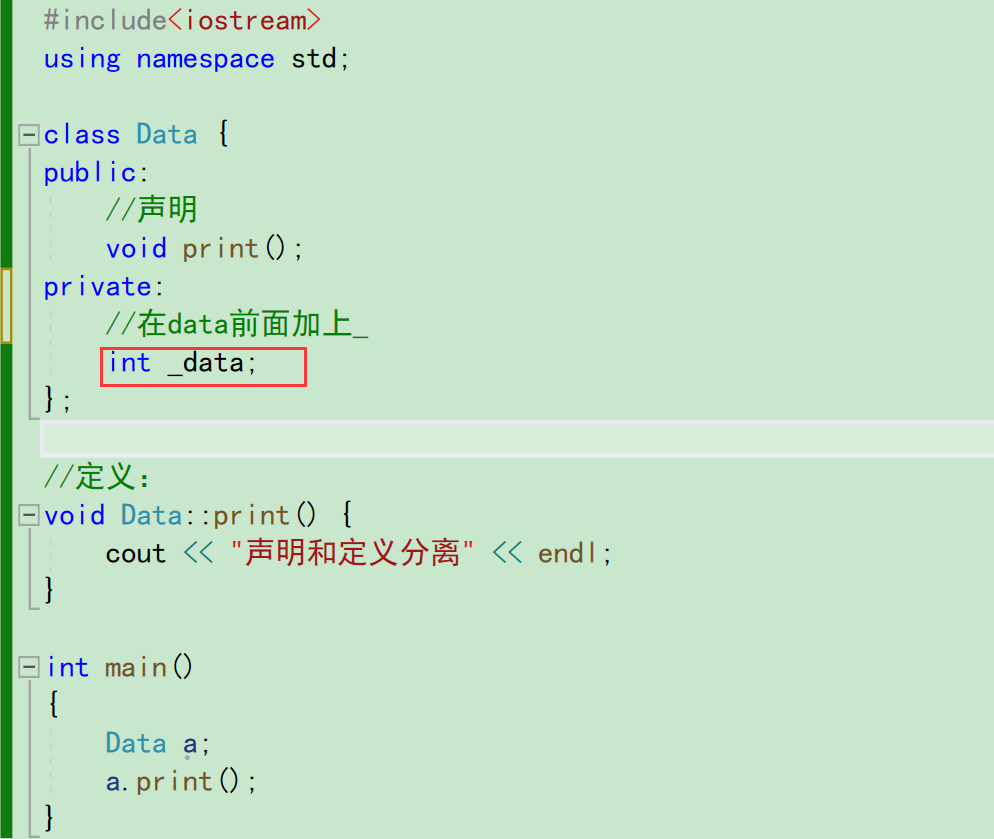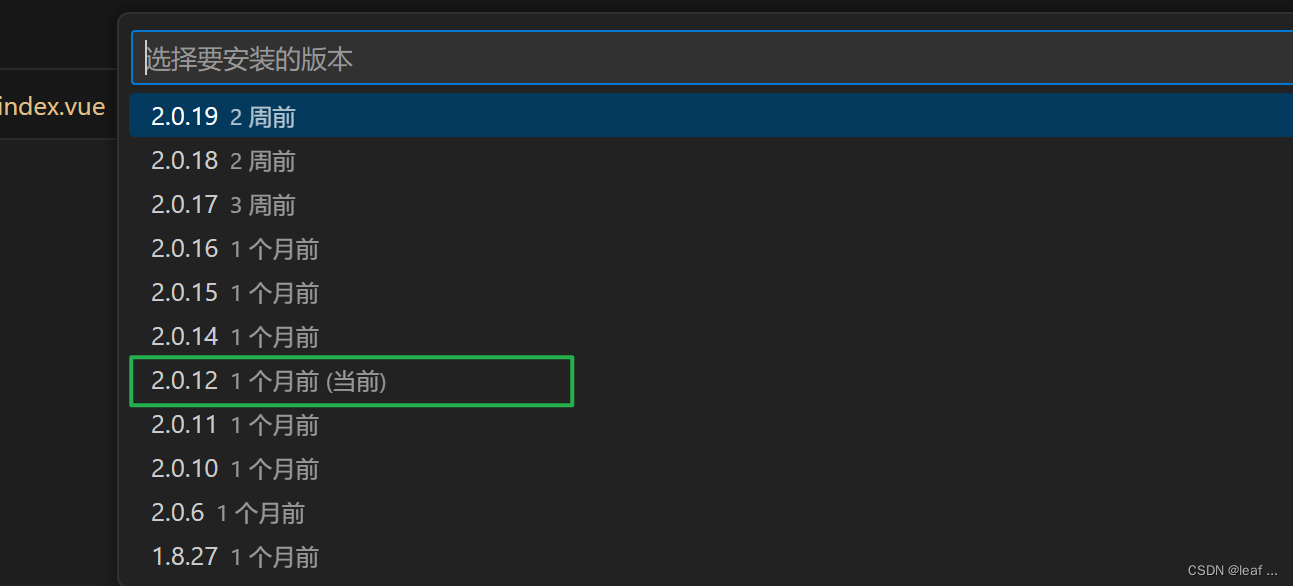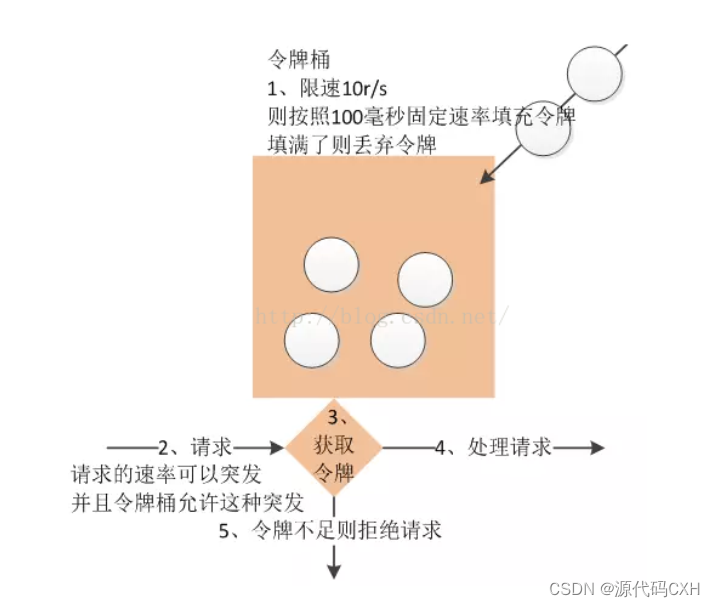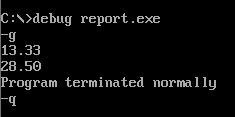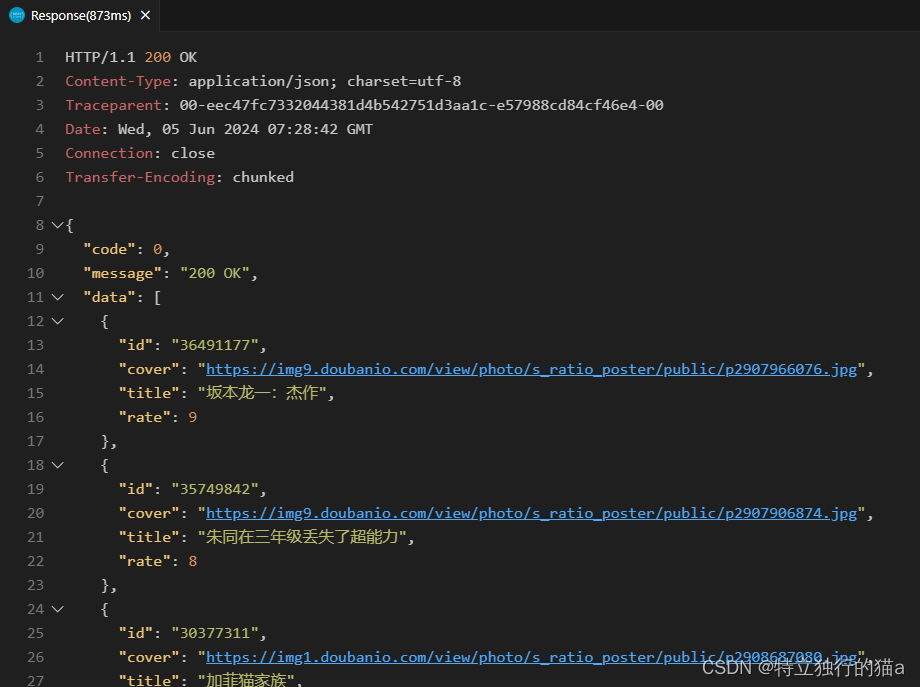
使用IDEA进入某个类之后,按ctrl+F12,或者alt+数字7,可查看该实现类的大纲。

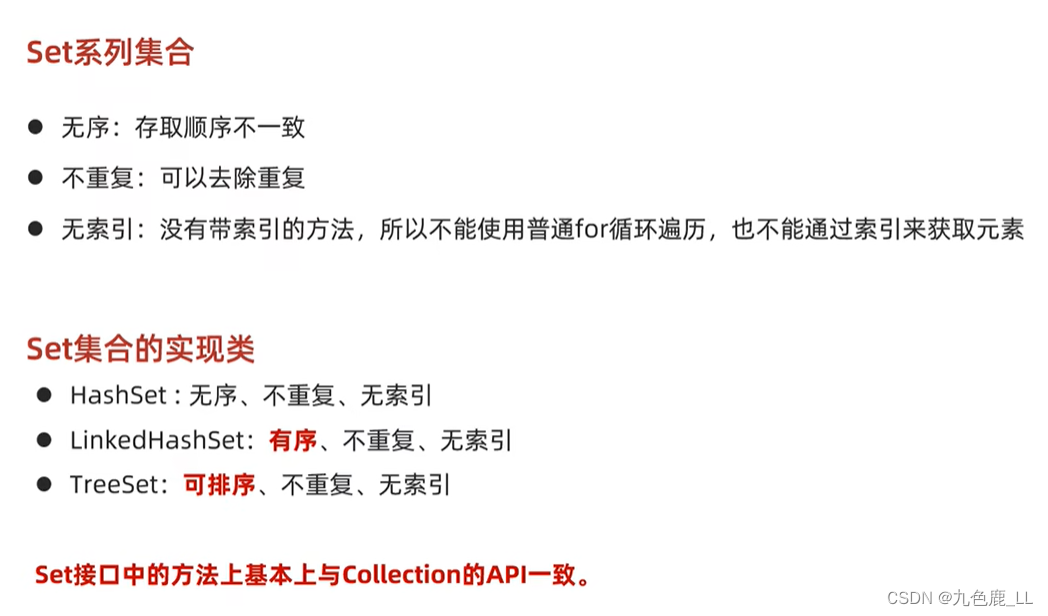
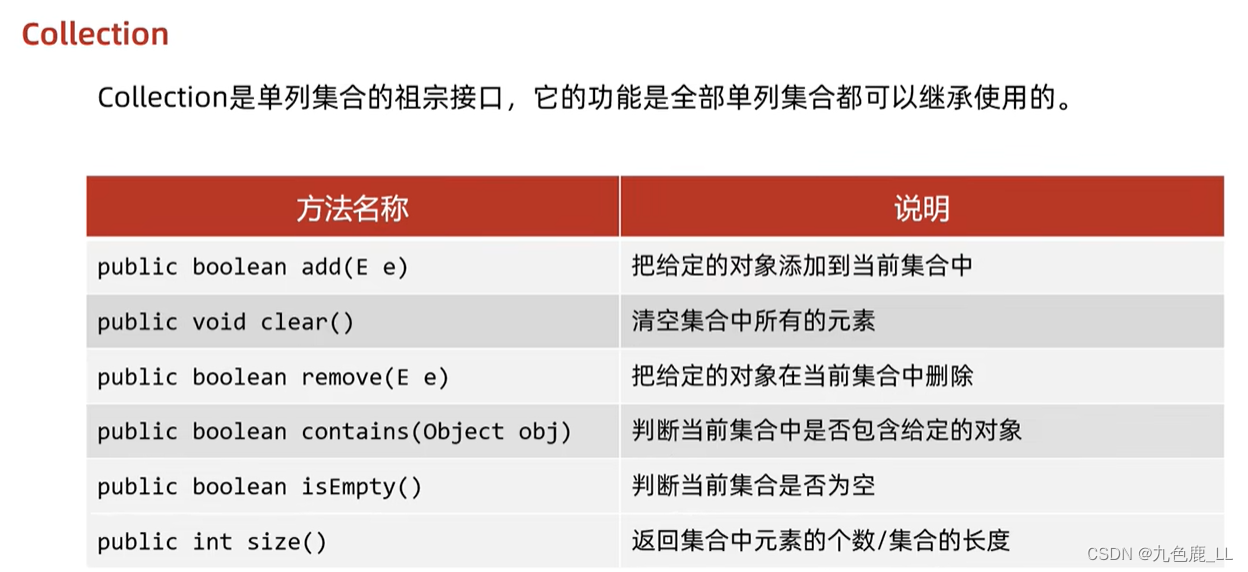

package exercise;
import java.util.HashSet;
import java.util.Iterator;
import java.util.Set;
import java.util.function.Consumer;
public class Demo3 {
public static void main(String[] args) {
Set<String> s = new HashSet<>();
//添加元素
//如果当前元素是第一次添加,那么可以添加成功,返回true
//如果当前元素是第二次添加,那么添加失败,返回false
boolean s1 = s.add("sundhine");
boolean s2 = s.add("sundhine");
System.out.println(s1 + " " + s2);
s.add("jiuselu");
s.add("lulushui");
//存、取顺序不一致
System.out.println(s);
System.out.println("----------------------------");
//迭代器遍历
Iterator<String> it = s.iterator();
while (it.hasNext()) {
String next = it.next();
System.out.println(next);
}
System.out.println("----------------------------");
//增强for遍历
for (String string : s) {
System.out.println(string);
}
System.out.println("----------------------------");
//Lambda
s.forEach(string -> System.out.println(string));
}
}
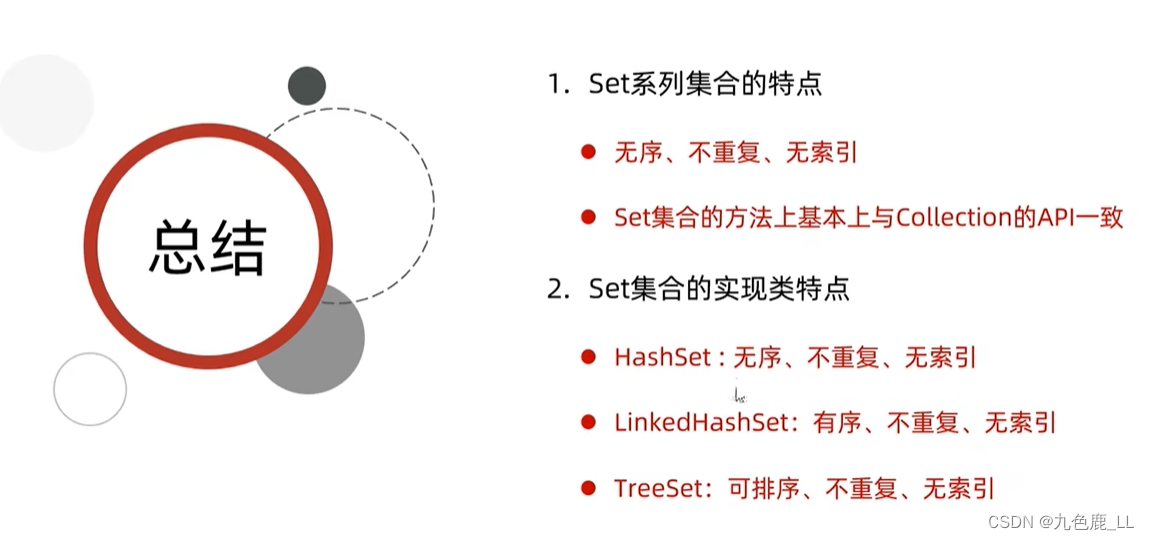
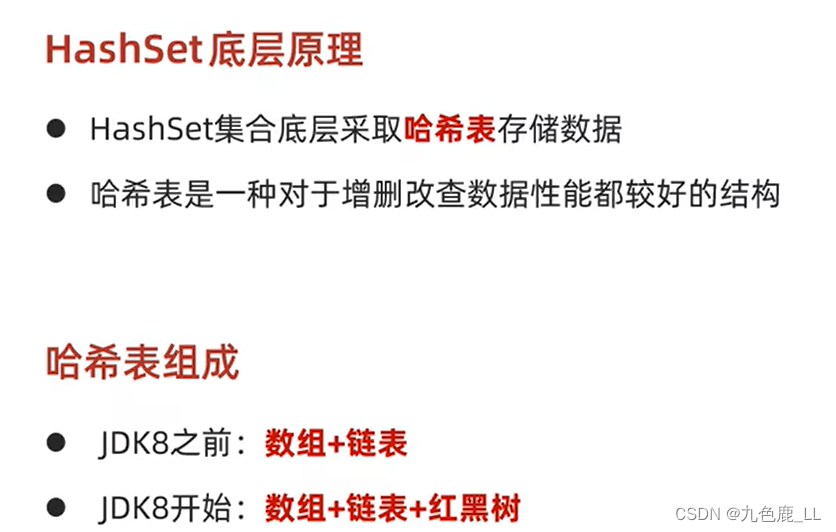
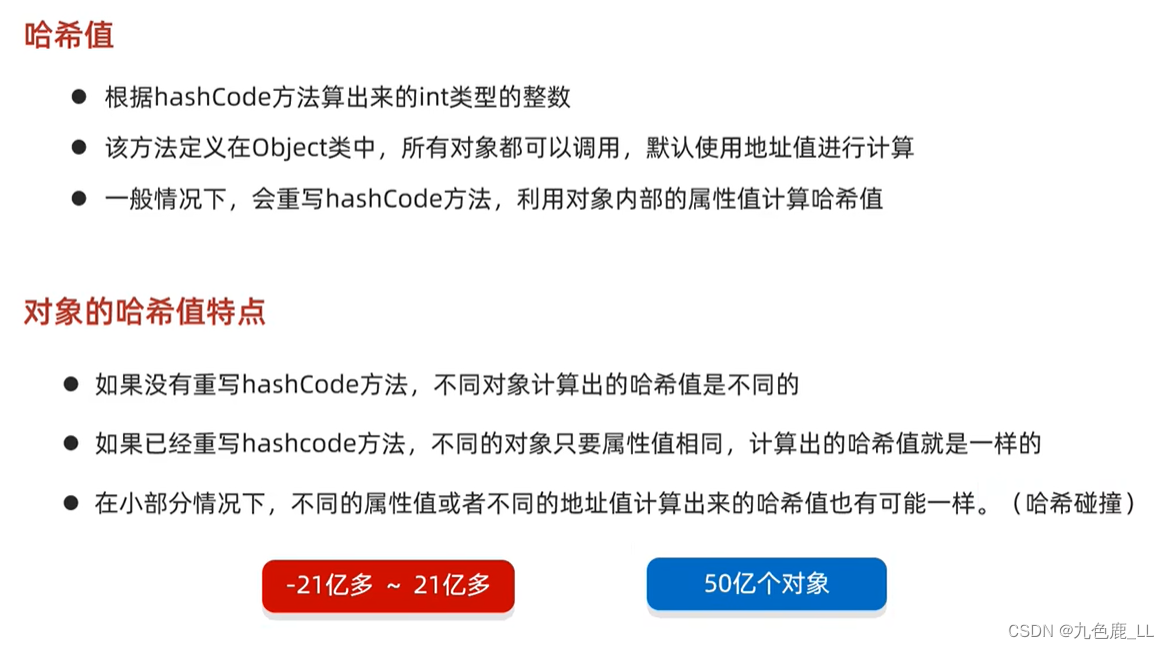
package exercise;
import java.util.Objects;
public class Demo4 {
public static void main(String[] args) {
//1.创建对象
Student s1 = new Student("sunshien", 23);
Student s2 = new Student("sunshien", 23);
//2.如果没有重写hashCode方法,不同对象计算出的哈希值是不同的
//如果已经重写hashCode方法,不同的对象只要属性值相同,计算出的哈希值就是一样的
System.out.println(s1.hashCode());
System.out.println(s2.hashCode());
//在小部分情况下,不同的属性或者不同的地址值计算出来的哈希值也有可能一样
}
}
class Student {
private String name;
private int age;
public Student() {
}
public Student(String name, int age) {
this.name = name;
this.age = age;
}
/**
* 获取
*
* @return name
*/
public String getName() {
return name;
}
/**
* 设置
*
* @param name
*/
public void setName(String name) {
this.name = name;
}
/**
* 获取
*
* @return age
*/
public int getAge() {
return age;
}
/**
* 设置
*
* @param age
*/
public void setAge(int age) {
this.age = age;
}
@Override
public boolean equals(Object o) {
if (this == o) return true;
if (o == null || getClass() != o.getClass()) return false;
Student student = (Student) o;
return age == student.age && Objects.equals(name, student.name);
}
@Override
public int hashCode() {
return Objects.hash(name, age);
}
public String toString() {
return "Student{name = " + name + ", age = " + age + "}";
}
}
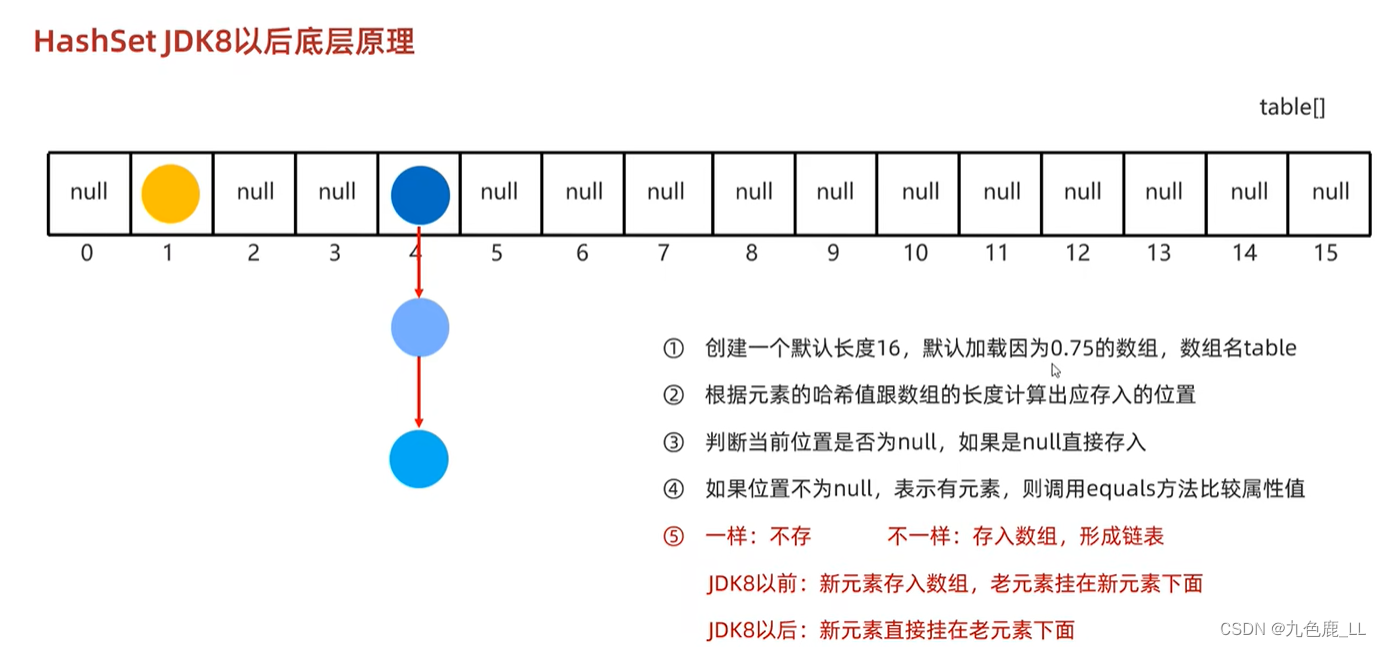
1.加载因子是hashSet的扩容时机,当数组中存了 16*0.75 = 12后(本题为例),原数组就会扩充为原先的两倍。
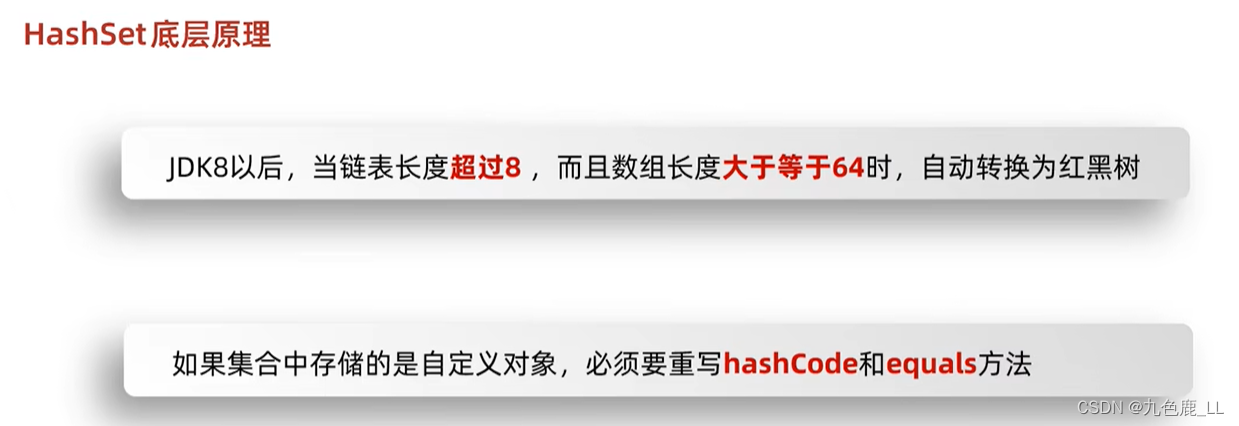
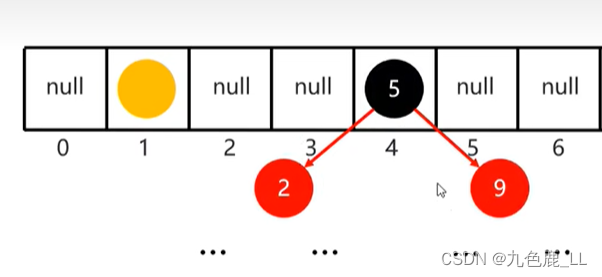
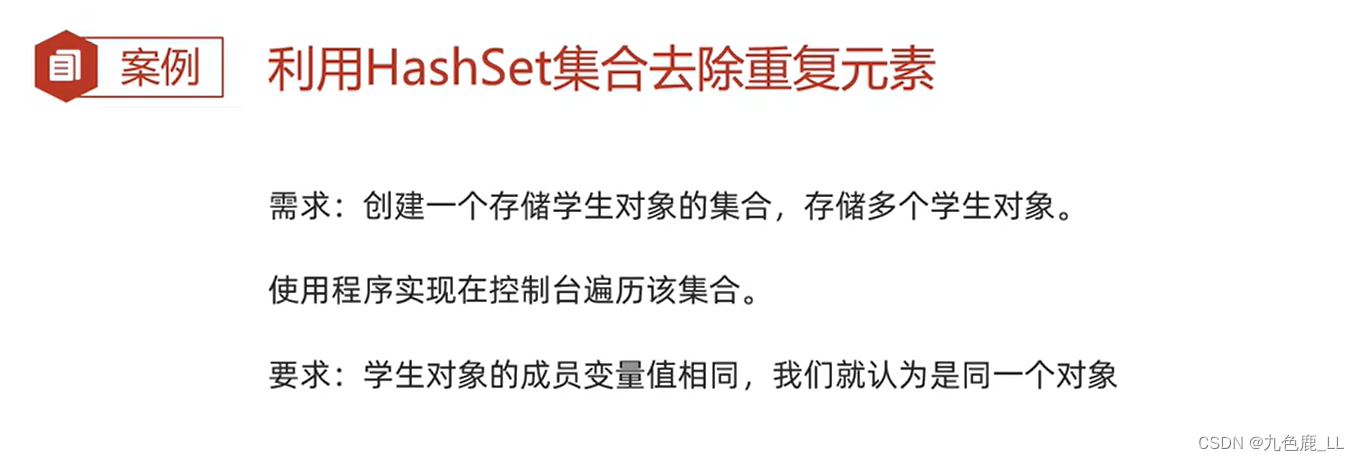
package exercise;
import java.util.HashSet;
import java.util.Objects;
public class Demo5 {
public static void main(String[] args) {
Student s1 = new Student("sunshine", 23);
Student s2 = new Student("sunshine", 23);
Student s3 = new Student("jiuselu", 24);
Student s4 = new Student("lulushui", 23);
HashSet<Student> h = new HashSet<>();
h.add(s1);
h.add(s2);
h.add(s3);
h.add(s4);
for (Student student : h) {
System.out.println(student);
}
}
}
class Student {
private String name;
private int age;
public Student() {
}
public Student(String name, int age) {
this.name = name;
this.age = age;
}
/**
* 获取
*
* @return name
*/
public String getName() {
return name;
}
/**
* 设置
*
* @param name
*/
public void setName(String name) {
this.name = name;
}
/**
* 获取
*
* @return age
*/
public int getAge() {
return age;
}
/**
* 设置
*
* @param age
*/
public void setAge(int age) {
this.age = age;
}
@Override
public boolean equals(Object o) {
if (this == o) return true;
if (o == null || getClass() != o.getClass()) return false;
Student student = (Student) o;
return age == student.age && Objects.equals(name, student.name);
}
@Override
public int hashCode() {
return Objects.hash(name, age);
}
public String toString() {
return "Student{name = " + name + ", age = " + age + "}";
}
}
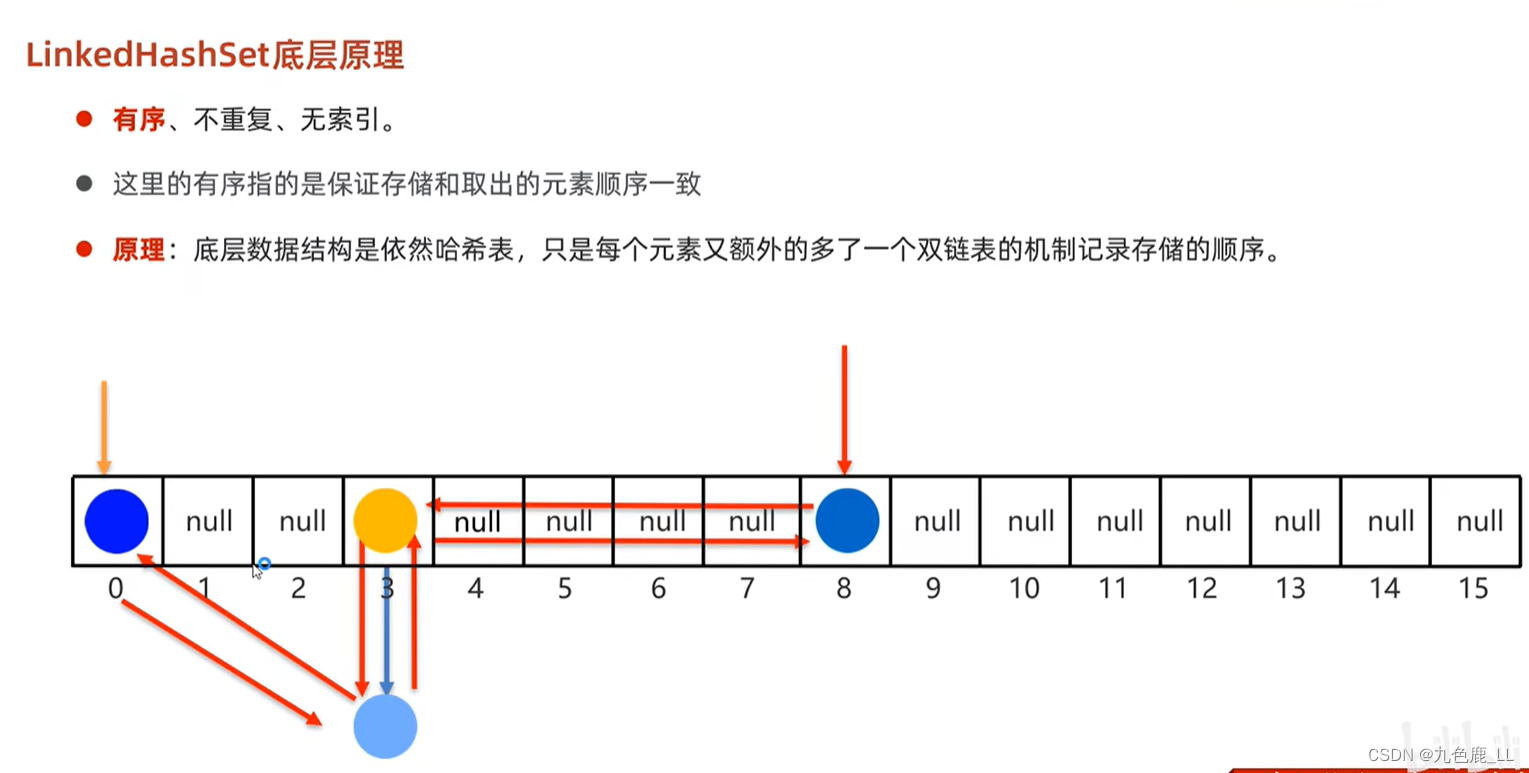
ctrl+shift+上\下箭头可实现某行代码上下移动。
package exercise;
import java.util.LinkedHashSet;
public class Demo6 {
public static void main(String[] args) {
Student s1 = new Student("sunshine", 23);
Student s2 = new Student("sunshine", 23);
Student s3 = new Student("jiuselu", 24);
Student s4 = new Student("lulushui", 23);
LinkedHashSet<Student> l = new LinkedHashSet<>();
l.add(s1);
l.add(s2);
l.add(s3);
l.add(s4);
for (Student student : l) {
System.out.println(student);
}
}
}
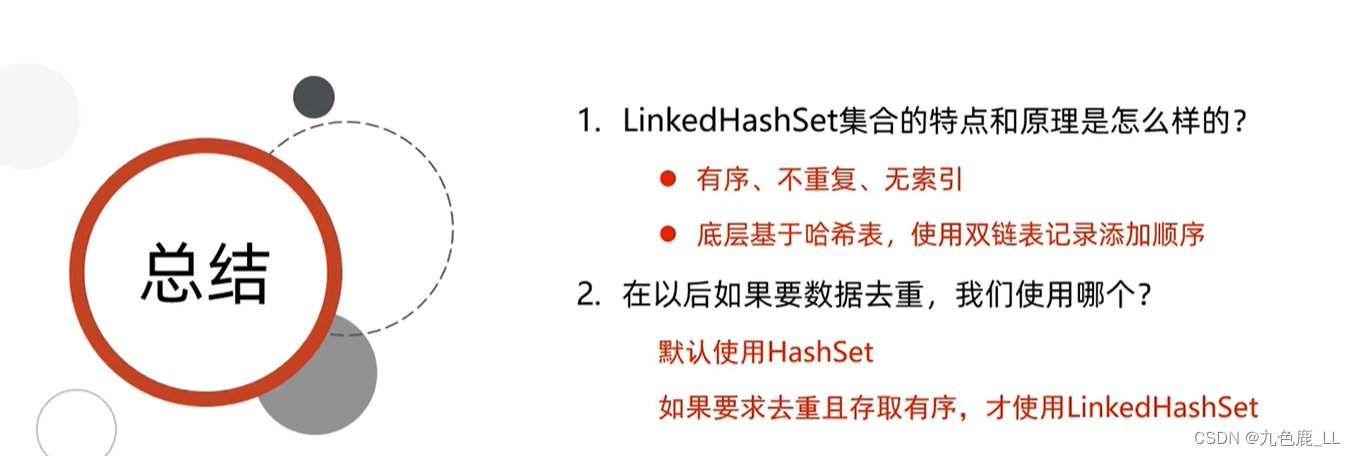


package exercise;
import java.util.TreeSet;
public class Demo7 {
public static void main(String[] args) {
TreeSet<Integer> t = new TreeSet<>();
t.add(1);
t.add(8);
t.add(7);
t.add(4);
//默认从小到大排序
System.out.println(t);
}
}

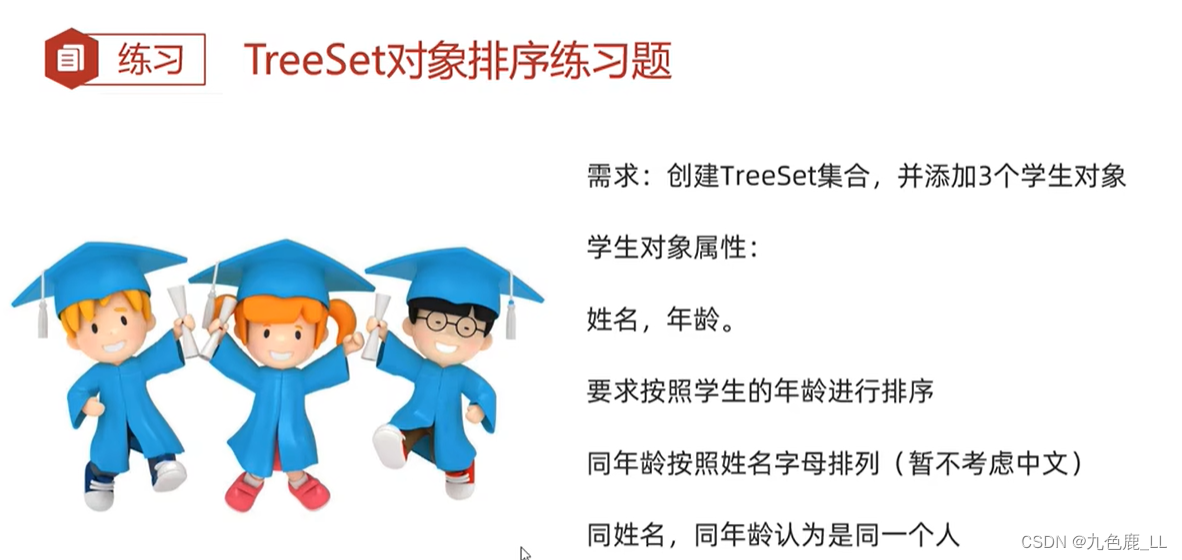
package exercise;
import java.util.Objects;
import java.util.TreeSet;
public class Demo7 {
public static void main(String[] args) {
TreeSet<Student> t = new TreeSet<>();
Student s1 = new Student("sunshine", 23);
Student s3 = new Student("jiuselu", 24);
Student s4 = new Student("lulushui", 25);
t.add(s1);
t.add(s3);
t.add(s4);
for (Student student : t) {
System.out.println(student);
}
//hashcode和equals方法:哈希表有关的,所以student不用重写。
//Treeset:底层是黑树
}
}
//泛型要写明类型
class Student implements Comparable<Student> {
private String name;
private int age;
public Student() {
}
public Student(String name, int age) {
this.name = name;
this.age = age;
}
/**
* 获取
*
* @return name
*/
public String getName() {
return name;
}
/**
* 设置
*
* @param name
*/
public void setName(String name) {
this.name = name;
}
/**
* 获取
*
* @return age
*/
public int getAge() {
return age;
}
/**
* 设置
*
* @param age
*/
public void setAge(int age) {
this.age = age;
}
public String toString() {
return "Student{name = " + name + ", age = " + age + "}";
}
@Override
public int compareTo(Student o) {
//指定排序的规则
//只看年龄,按照年龄升序排列
return this.getAge() - o.getAge();
/*
this:表示当前要添加的元素
o:表示已经在红黑树存在的元素
返回值:
负数:认为要添加的元素是小的,存左边
正数:认为要添加的元素是大的,存右边
认为要添加的元素已经存在,舍弃
*/
}
}
上述练习实现了第一种排序方式
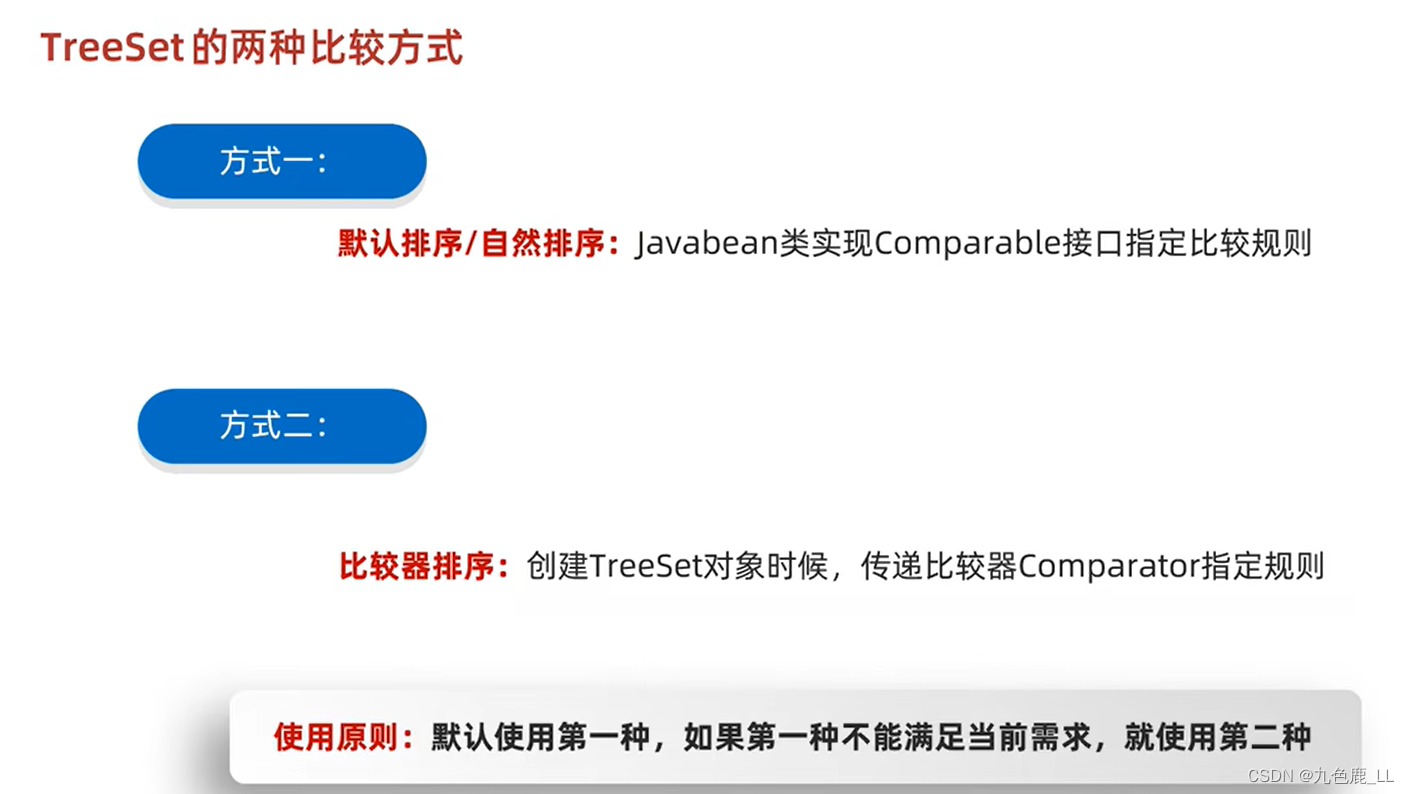

package exercise;
import java.util.Comparator;
import java.util.TreeSet;
public class Demo8 {
public static void main(String[] args) {
TreeSet<String> ts = new TreeSet<>(new Comparator<String>() {
@Override
//o1:表示当前要添加的元素
//o2:表示已经在红黑树存在的元素
//返回值规则跟之前是一样的
public int compare(String o1, String o2) {
//按长度排序
int i = o1.length() - o2.length();
i = i == 0 ? o1.compareTo(o2) : i;
return i;
}
});
ts.add("c");
ts.add("ab");
ts.add("df");
ts.add("qwer");
System.out.println(ts);
}
}
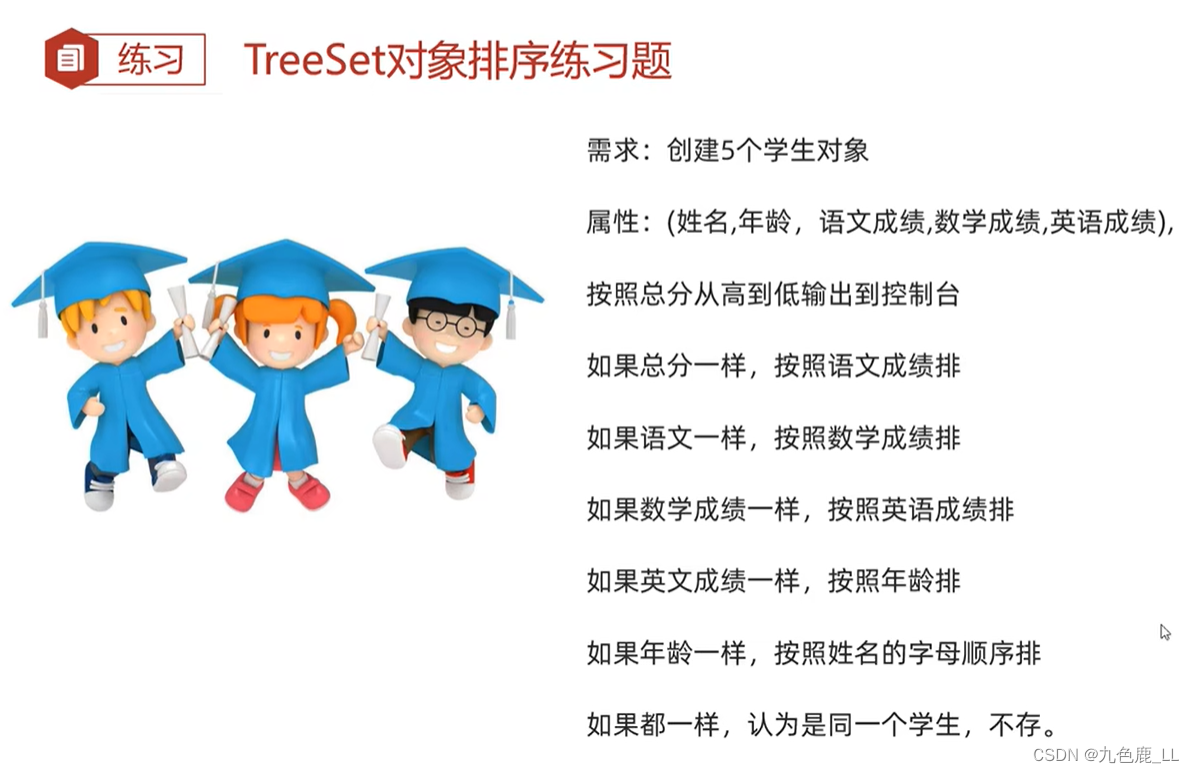
package exercise;
import java.util.TreeSet;
public class Demo9 {
public static void main(String[] args) {
Student s1 = new Student("sunshine", 23, 23, 34, 45);
Student s2 = new Student("jiuselu", 24, 23, 34, 45);
Student s3 = new Student("lulushui", 25, 23, 34, 45);
Student s4 = new Student("sunshine1", 23, 23, 34, 45);
Student s5 = new Student("sunshine2", 23, 23, 34, 45);
TreeSet<Student> ts = new TreeSet<>();
ts.add(s1);
ts.add(s2);
ts.add(s3);
ts.add(s4);
ts.add(s5);
for (Student t : ts) {
System.out.println(t);
}
}
}
class Student implements Comparable<Student> {
private String name;
private int age;
private int chinese;
private int math;
private int english;
public Student() {
}
public Student(String name, int age, int chinese, int math, int english) {
this.name = name;
this.age = age;
this.chinese = chinese;
this.math = math;
this.english = english;
}
/**
* 获取
*
* @return name
*/
public String getName() {
return name;
}
/**
* 设置
*
* @param name
*/
public void setName(String name) {
this.name = name;
}
/**
* 获取
*
* @return age
*/
public int getAge() {
return age;
}
/**
* 设置
*
* @param age
*/
public void setAge(int age) {
this.age = age;
}
/**
* 获取
*
* @return chinese
*/
public int getChinese() {
return chinese;
}
/**
* 设置
*
* @param chinese
*/
public void setChinese(int chinese) {
this.chinese = chinese;
}
/**
* 获取
*
* @return math
*/
public int getMath() {
return math;
}
/**
* 设置
*
* @param math
*/
public void setMath(int math) {
this.math = math;
}
/**
* 获取
*
* @return english
*/
public int getEnglish() {
return english;
}
/**
* 设置
*
* @param english
*/
public void setEnglish(int english) {
this.english = english;
}
public String toString() {
return "Student{name = " + name + ", age = " + age + ", chinese = " + chinese + ", math = " + math + ", english = " + english + "sum =" + this.getChinese() + this.getEnglish() + this.getMath()+"}";
}
//方式一:
@Override
public int compareTo(Student o) {
int sum1 = this.getChinese() + this.getEnglish() + this.getMath();
System.out.println(sum1);
int sum2 = o.getChinese() + o.getEnglish() + o.getMath();
int i = sum1 - sum2;
i = i == 0 ? this.chinese - o.chinese : i;
i = i == 0 ? this.math - o.math : i;
i = i == 0 ? this.english - o.english : i;
i = i == 0 ? this.getAge() - o.getAge() : i;
i = i == 0 ? this.getName().compareTo(o.getName()) : i;
return i;
}
}

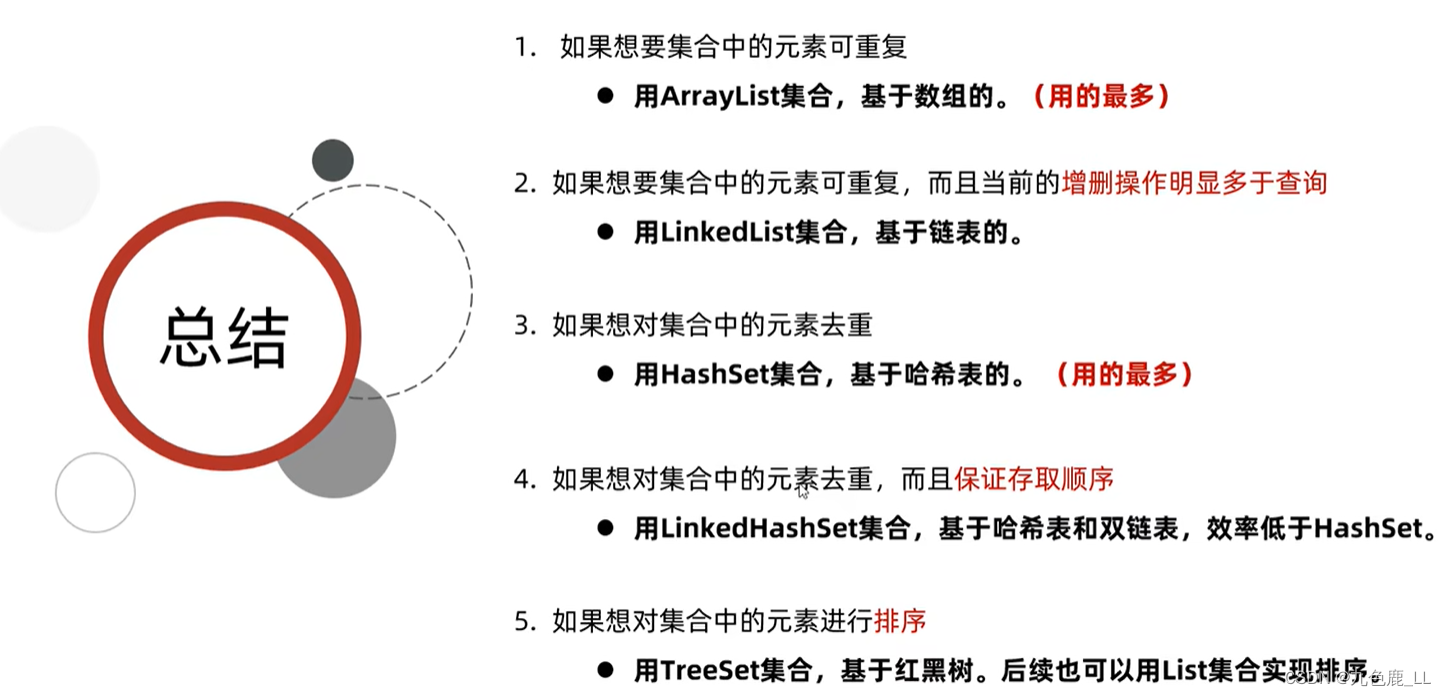
Java中toString()方法的作用:它通常只是为了方便输出,比如System.out.println(xx),括号里面的“xx”如果不是String类型的话,就自动调用xx的toString()方法。



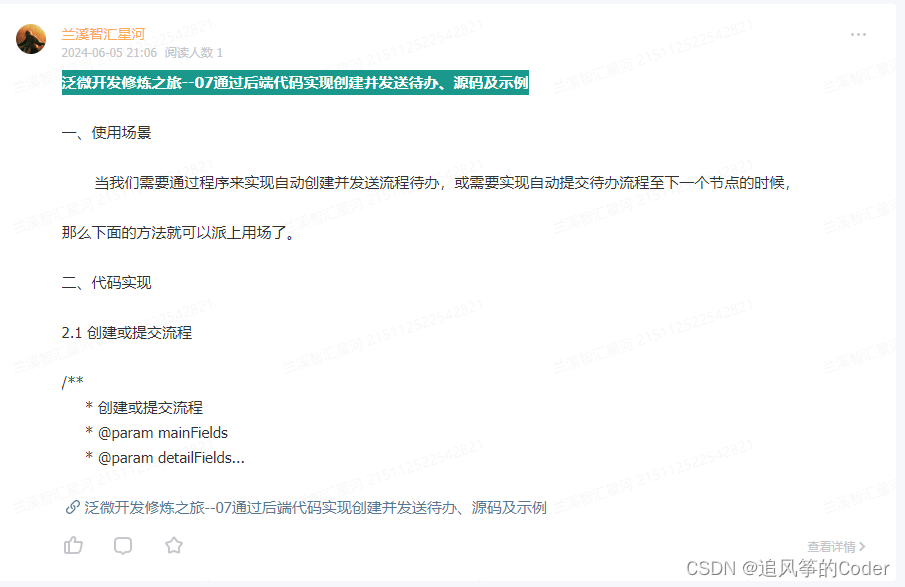

![[论文笔记]Mixtral of Experts](https://img-blog.csdnimg.cn/img_convert/b06b142a1959182b9b6723bbcd6914ba.png)


